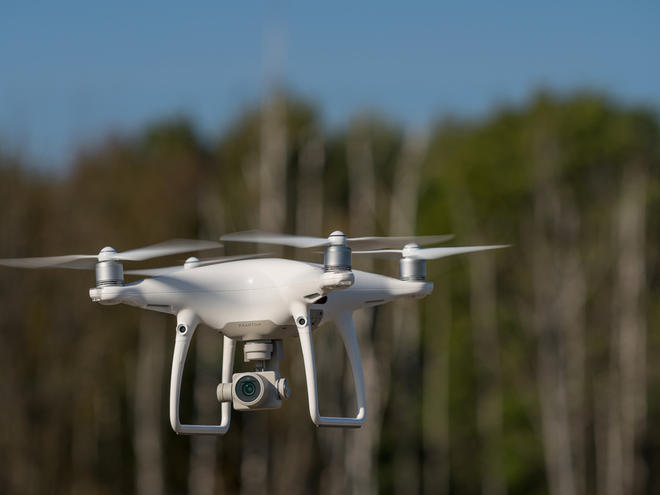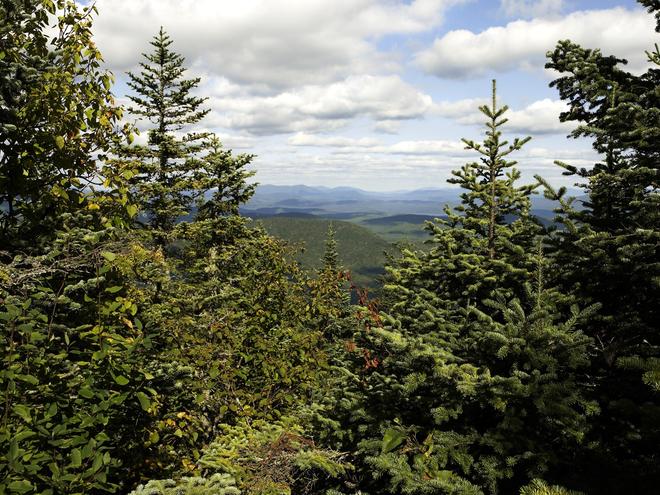

WWF is on a mission to save the world’s forest land. Success means a lot of land—in the right places—is protected or restored. But we also need to make sure that land is healthy, giving people and wildlife what they need to survive, like clean air and water, food and jobs.
Saving forests means using every tool at our disposal and working with partners around the globe. And that’s where drones come in to play.
The radio-controlled aircraft are capturing images that paint a picture of the forest. Soaring hundreds or thousands of feet above tree tops, they tell us if there are large patches where tree leaves have fallen (during a time of year when they should be covering the branches) or if a tree might have a disease. Big holes in the forest canopy might indicate illegal loggers have stripped trees from part of the forest.
And, most importantly, drones can be used to see if land is being properly managed in accordance with Forest Stewardship Council (FSC) standards. Adopting FSC standards is one of the best ways for landowners to conserve the world’s forests. These standards protect wildlife habitat, limit pollution, safeguard the rights of people living in or near the forest, and much more.
Within 500,000 acres of forest in Arkansas, Domtar is using drones to monitor land that is certified by FSC. Trees from the land—sitting near a mill that produces pulp for the company—are harvested to provide Domtar with much of the pulp it uses to produce things like copy paper, diapers and toilet paper. Although drones are commonly used today, Domtar is the only known US company to use them to monitor FSC-certified land.
Through its participation in WWF’s Global Forest & Trade Network, Domtar worked with forest landowners near the mill and spread the word about the significance of FSC standards and why landowners should get their land certified by the FSC.
In the two years since it started using drones in the US, Domtar has been able to spot signs of the invasive engraver beetle much sooner and quicker than it would have if it were monitoring the land by foot or car. By catching this beetle early, the foresters can stop further tree damage through environmentally-friendly techniques.
Domtar also uses drones to calculate the size of wood chip piles that will produce pulp and to check if trees recently planted on FSC-certified land are growing well. With the success of the program in Arkansas, Domtar is now using drones over forests near its mill in Quebec, Canada to combat a new pest—the Emerald Ash Borer—in the area.
A forest-healthy future doesn’t require everyone to go high-tech. There are simple steps all of us can take to make a difference. Look for the FSC label when shopping for products that come from a forest.
Published June 19, 2018 at 05:00AM
No comments:
Post a Comment